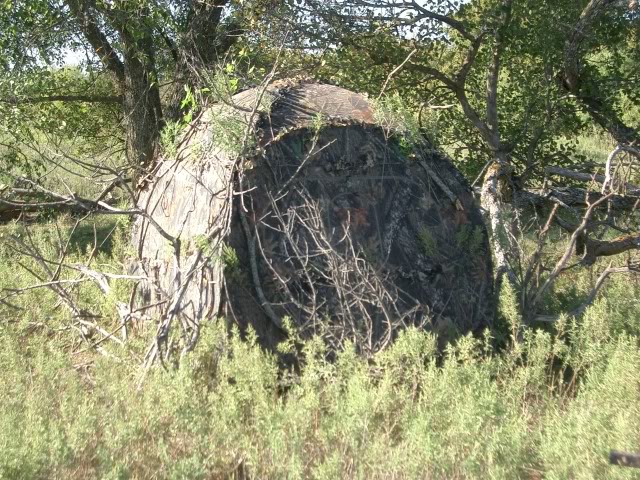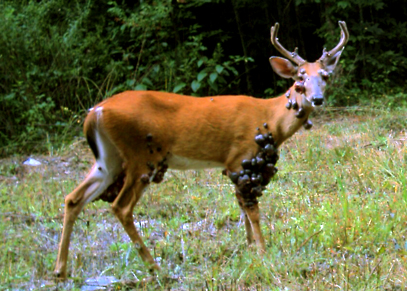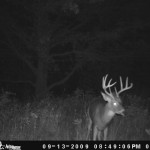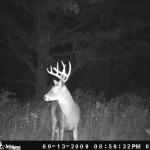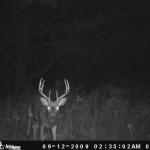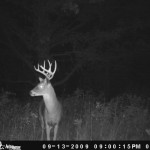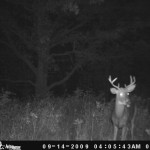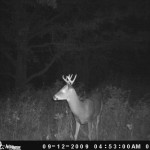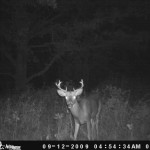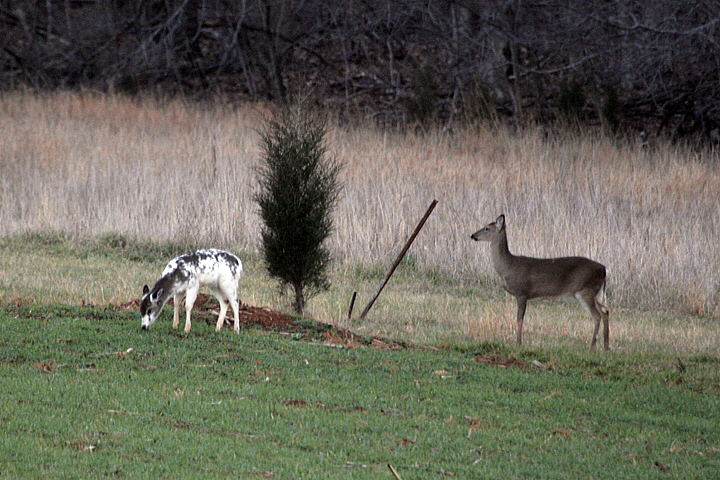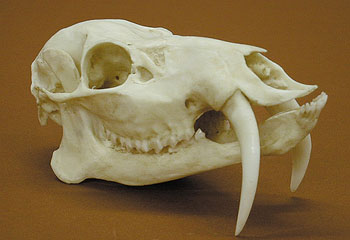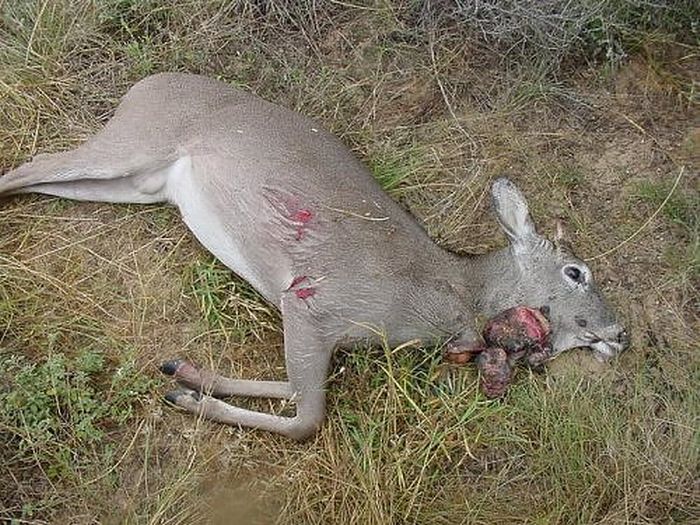Question: I am at a lose with regard to what I need to do for a deer hunting blind this deer season. I don’t know if I want to build a ground blind or just buy a pop-up blind. If I decide to go with a pop-up blind, do I need to leave it up or can I put it up the night before I am going to hunt and leave it for the weekend?
I just got on a whitetail deer lease and do not know if I will stay on it, so I do not know if I want to worry about building and setting it up to take it down. Also what are the benefits of a pop up and how far from my feeder should I set it up? I will be rifle hunting for deer and hogs.
Answer: There are a lot of choices when trying to select a hunting blind for whitetail hunting and it can be a little overwhelming. For your situation I would suggest getting yourself a good sturdy pop-up that is big enough to move around in and find a good looking spot and set it up. This will also allow animals in the area to become familiar with your blind.
Hunters can leave a pop up blind up all season if they take the necessary precautions. Those precautions would include making sure you have the pop-up anchored down and tied off to trees or nearby brush. Those blue northers will destroy a blind that is not anchored down and may even blow it into the next county–which happened to me once in North Texas. Continue reading Best Whitetail Deer Hunting Blind?
